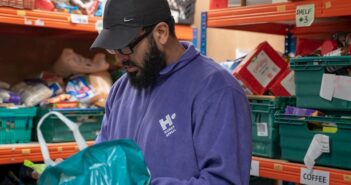“I love the honesty and the clear perspective of children. I always have the impression that they know what life is really about.”
Karina Sillmann
With all the negativity going on in the world, we often forget to think about what makes us happy day to day. Karina Sillmann, a writer and social worker from Germany, asks children what a happy day for them involves.
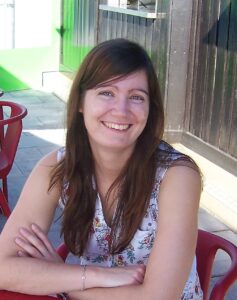
Karina wrote a letter in the 5 languages she speaks – German, English, Spanish, French and Portuguese – to children all around the world.
Her blog features over 100 letters from children in 45 countries, combined with her responses to their letters. The children talk about their happy places, draw pictures and share their stories. Karina was inspired to start her blog by her social work with children aged 7 to 12 and her love of travelling, having always been interested in how people see life in different countries.
From spending time with their friends to going to school, cooking and listening to music, each child shared with Karina what happiness is, what makes them happy and their happy places. What is so amazing to see from these letters is that no matter what country these children live in they share similar sources of happiness, demonstrating the bond of childhood around the world.
Meimuna from Addis Abeda in Ethiopia said: “I am happy when I don’t have to go to school”. Classmate Emmanuel agreed with him in replying what is happiness for me? He said, “Friday because school is over”. On the contrary, another of Meimuna’s classmates, Malek, said: “I am happy when I can go to school”. School is a topic I am sure many children share in causing happiness in so many different ways.
It is beautiful to see the simple pleasures children enjoy in their day-to-day lives.
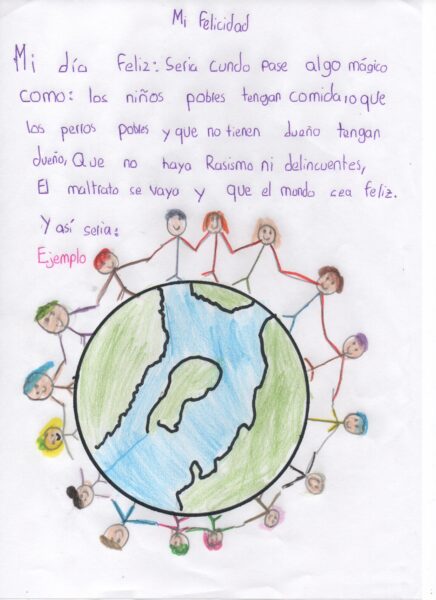
Emilia, from Hamburg in Germany, said what makes her happy is “when I see birds”, “when I get a surprise”, “when I eat my favourite food”, “when I see Mum”.
Anastasiya, in Kiev, Ukraine said “a happy day for me is the day on which my mother and I cook something in the kitchen” and “when I go for a walk with my dog”.
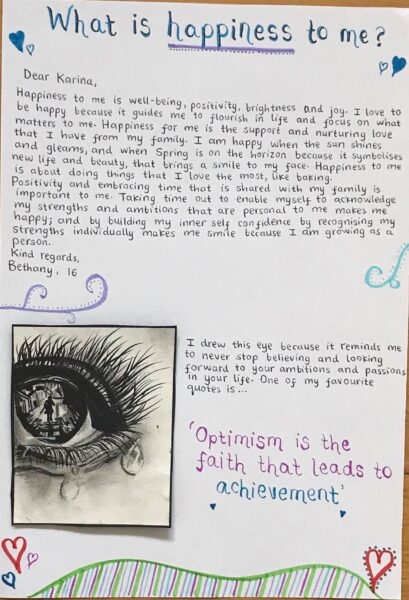
Queen, from Kanyosha, Burundi said the things that make her happy include gaining good marks at school, going to church and singing, and taking a ride in a car.
For the children, happiness comes from a variety of places, from material pleasures, to spiritual and moral ones.
Hepsipa from Dindigul in India said her happiest moment is “when I come home only, because I feel this home is a palace for me”.
Nématou from Ouagadougou, Burkina Faso asked, “what is happiness?” to which she responded, happiness for her is “to live freely and in harmony with those around us, to live in a peaceful environment, to know how to forgive the mistakes of others and to forgive each other” and “to see the people who love us always by our side”.
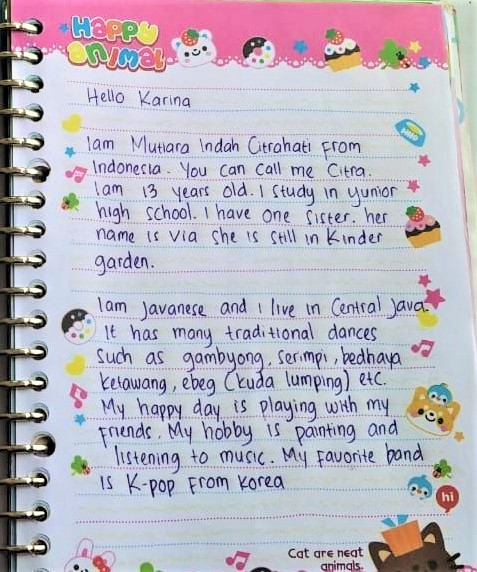
Karina says what she has learnt from the blog is:
“that children have indeed a beautiful perspective and that we can learn a lot when we listen to children”.
Having started her blog in 2018 Karina has since published a book of these wonderful letters entitled “Ein schöner Tag ist ein Tag, an dem ich tanzen kann” (‘A happy day is a day on which I can dance’).
I believe everyone should follow Karina’s lead and think about what a happy day for us involves, as there is something so beautiful in thinking about the positives and simple pleasures in life which these children have demonstrated. Karina says what we can learn from children and what brings them happiness is:
“Do what you love to do and your life is full of joy” and “focus on all these things in our life that mean true happiness”.


